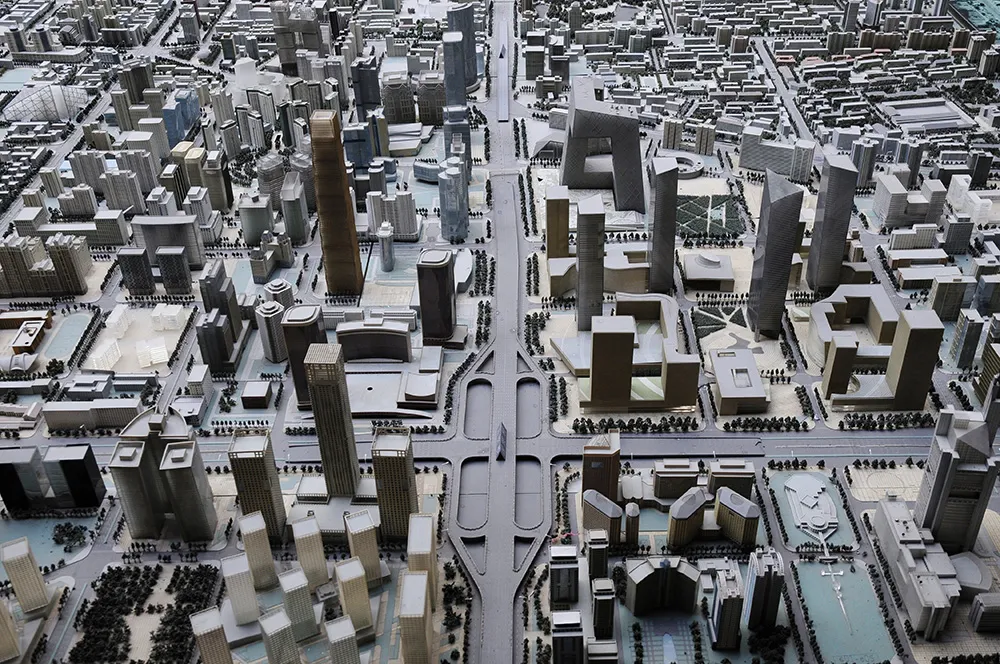
When equipped with its full motion system,
The company strives to make the simulation as real as possible as it says the closer the simulator is to the actual driving experience, the higher the driver’s acceptance which in turn provides more realistic results. To achieve this, it uses high-definition 4K images that can be projected at sizes of up to 4m wide by 2m high to fill the drivers’ field of vision and a 120Hz refresh rate to make the image flow smoothly.
It is also showing a steering force reaction force generator which is designed to give the same feedback through the steering wheel as a driver would experience on the road.










